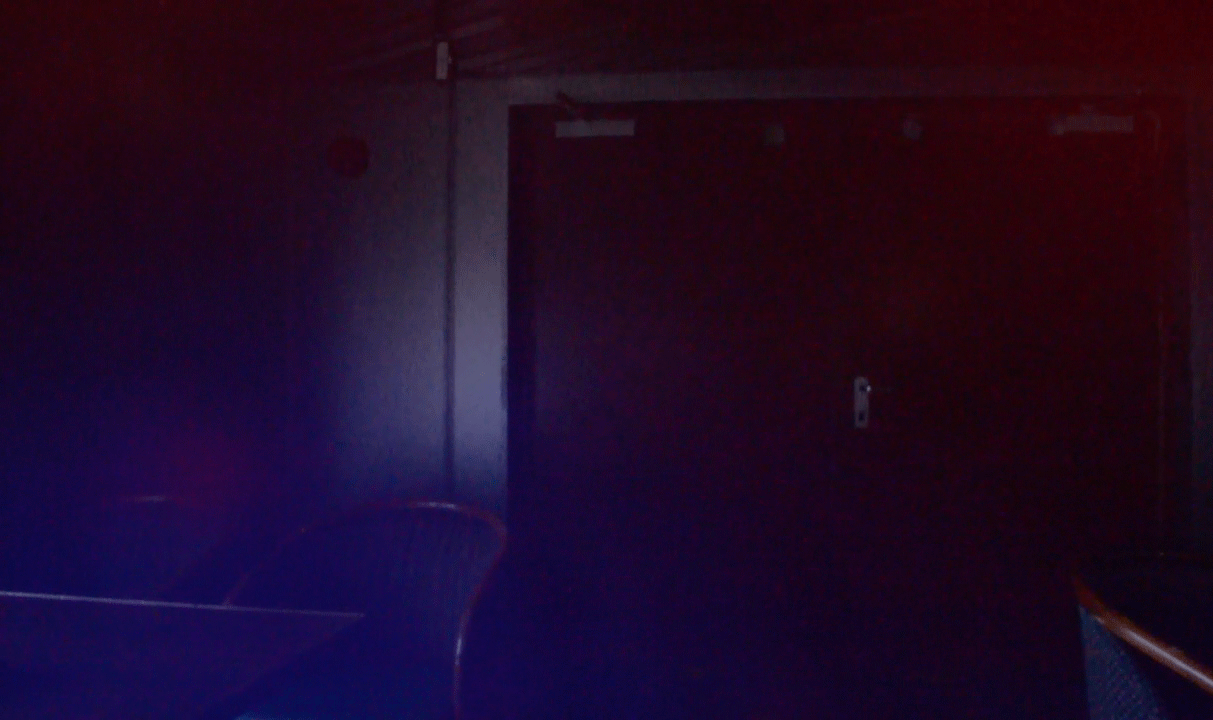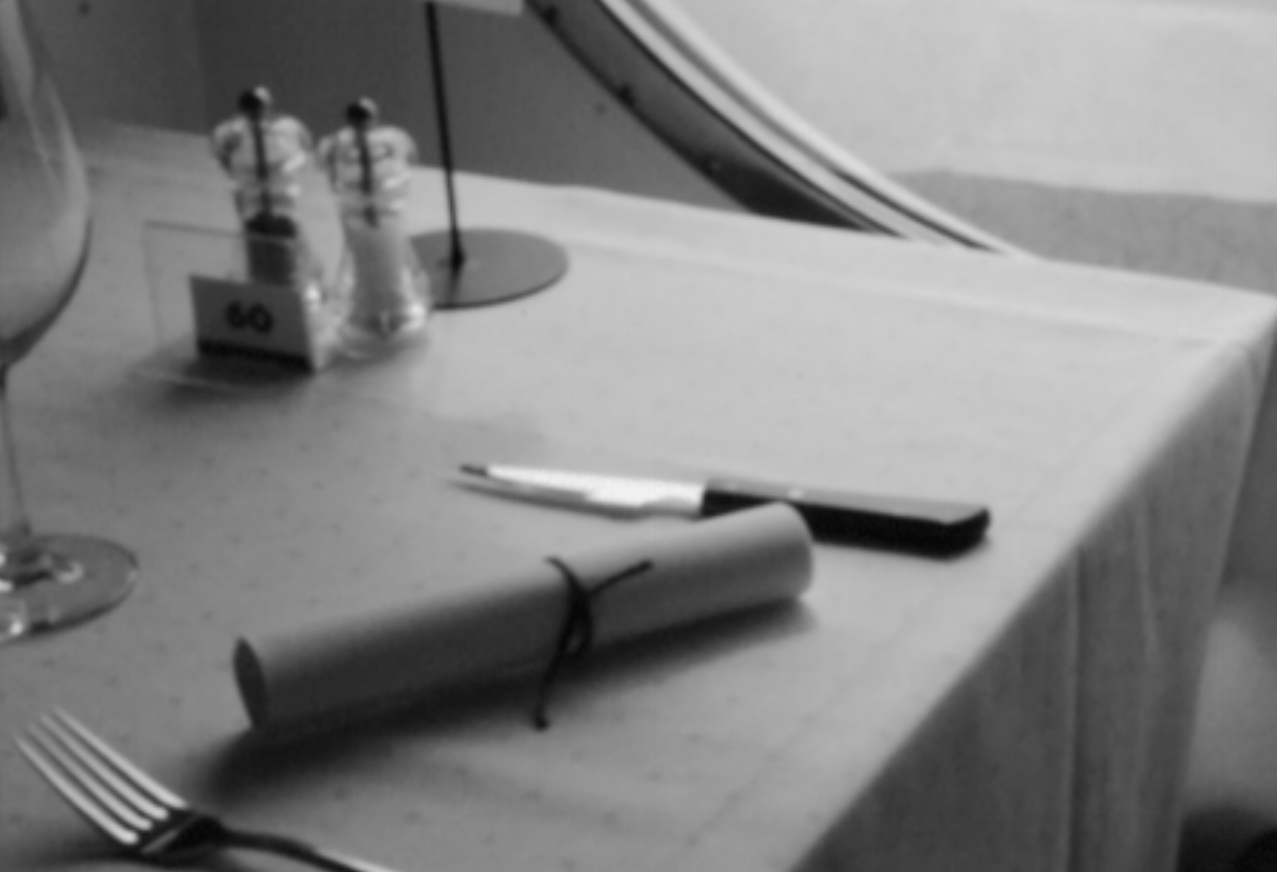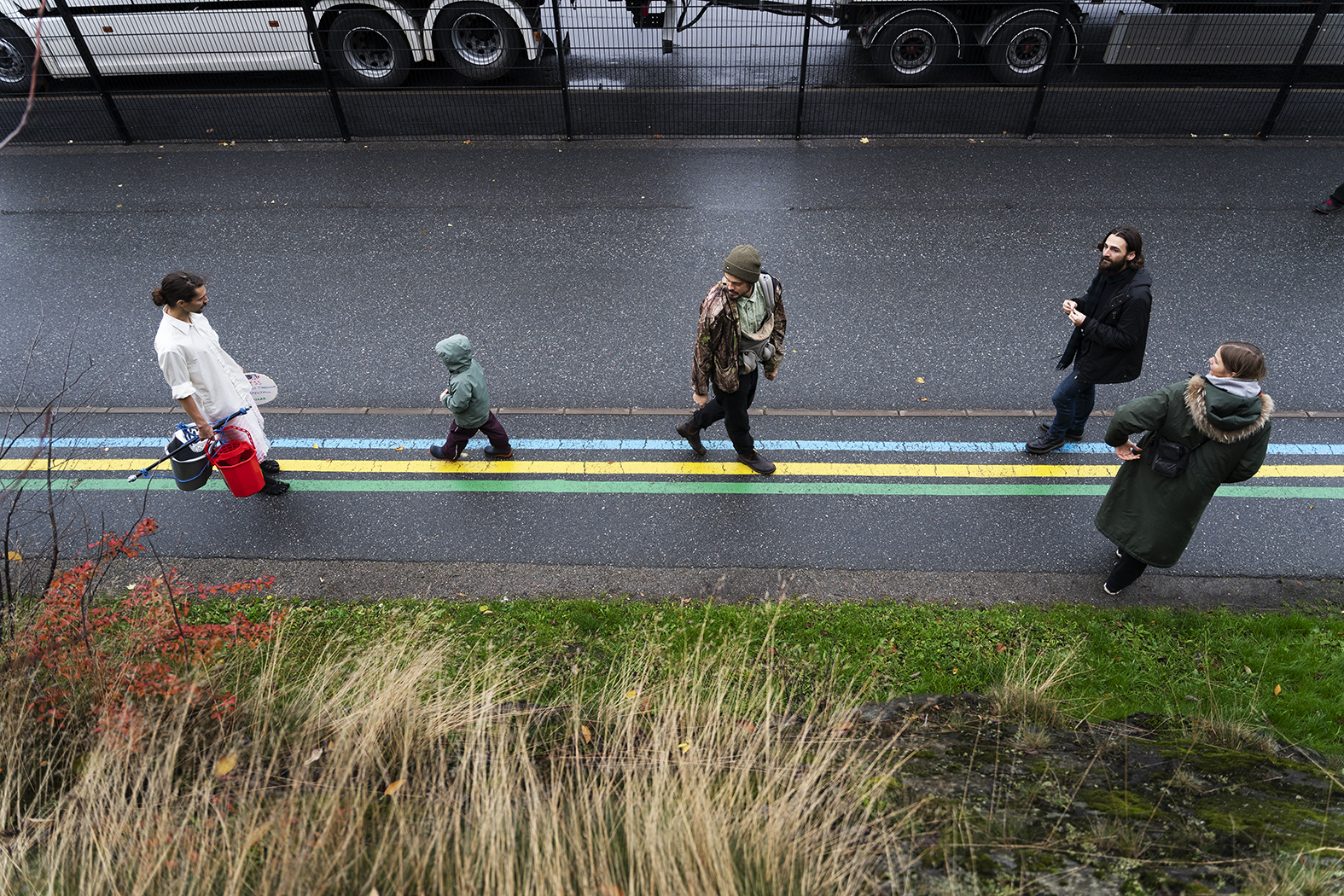︎
2013-
Digital Collages, 2023 -



In these works I am looking at archive footage from the Internet Archive.
A lot of the material I am scanning through deals with educational topics, sharing the excitement when you are about to embrace something new. This has also coincided with my interest in the beginning of moving images techniques, especially the phenakistiscope (1833), the first widespread animation device that created a fluent illusion of motion when facing a mirror. In my version your eyes follow the small transformations in the motive, imagining the motion.
The title refers to Ray Bradbury's novel Something Wicked This Way Comes from 1962.

Time Strollers / Port as in portal
Film HD 16:9, 03:23 min & Walk
2020
Part of the collective virtual & live group exhibition Connecting Georgia (2019-2020) hosted by Intercult. An artist-led project exploring post-industrial waterfront heritage in the context of urban planning and community development, connecting the city of Batumi with other European cities. I was invited by SIMKA (Karin Lind & Simon Häggblom) to make a site-specific work connected to the path between Slussen & Londonviadukten, Stockholm.
I conducted many walks back and forth during the week we worked, giving myself different tasks of walking, looking, listening while making memory notes after each walk. I then made a montage of some of these texts together with quotes from Walter Benjamin's writings regarding the flaneur, read by an AI voice. During the opening I also invited the visitors to perform silent backward walks with me.
Link Intercult >>
![]()
![]()
Participants from Stockholm -
Oskar Gudéhn, musician och architect
Felice Hapetzeder, visual artist
Sofia Romberg, visual artist and set designer
SIMKA, curators och visual artists
Credits -
Intercult
BAHA, Batumi Art House Argani
Baltic Sea Cultural Center, Gdansk
PPV Knowledge Networks
TU konstplattform/Art Platform
Svenska Institutet
Photo -
José Figueroa
What the Thunder Said
Light Installation, 2021
Looped light installation transforming The Waste Land Part V – What the Thunder Said by T. S. Eliot, into morse code.
Installed at Rundgång /
Royal Institute of Art.
Floor piece by Max Landegren.
Hänvisngar/Directions
Textile Installation, 2021



Discarded curtain rod, metal pole
with carved stage directions from
plays by Sarah Kane, Shakespear
& Strindberg.
Part of the “1st year Show”,
The Royal Academy of Arts.
Hens Köksalmenack
Calender: 1968, 2019 - 2020
HUSMODERNS Köksalmanack (”The Housewives Kitchen Calendar”) is a Swedish combined calendar and cookbook published annually since 1933. The title changed to Köksalmanack in 1979.
”What does the Köksalmanackan want? It wants to become the housewives essential sidekick. If you use the Kitchen Calendar, the household machinery, the cooking, and the care of your entire home, will run much more smoothly than before."
1968 was in Sweden as abroad, a year moved by uprising. In the copy I worked on (ed. Elisabeth Tham / Åhlén & Åkerlunds Publishing AB) life trivia despite ongoing major events became visible. This led to the idea to become a "co-writer" 30 years later, minding that the world is a constant turbulent site. In this book I am overlapping my own notes, comments and images with the original ones. Like: "Britta is sick" next to recipes about double toast and chocolate squares, or sew meetings and church gatherings accompanied with ads for napkins and jottings concerning birthdays and weather reports. Sometimes I just hijack pages, try to reflect my unknown co-writer's life or let the outside implode. The participatory lies in letting these two decades somehow intwine. Two women with different thoughts and beings but united in the wondrous curse of everyday life side by side with earthly dramas.







Ghosts / Spöken
2019 - 2020

I Strömmens Spår: En Illusorisk guide
Publication & Field Work, 2015 - 2018













I Strömmens spår started 2015 and deals with the Åland Islands author and public debater Anni Blomqvist (1909-1990) and has mainly been planned out during visits between 2015-2017 in her museum home, Strömmen, located at Simskäla. The working title comes from one of her novels that I found a discarded copy of 2014, the book worked as a catalyst for the idea to make a multifaceted project that finds its inspiration from her life and work.
I invited artists with different backgrounds to Strömmen during July 2017 with the task to make a work inspired by the location. They also lacked greater knowledge about Blomqvist as a way of making the image of her and the site more scattered. The collected material then became a 200 p publication with a CD and QR flyer to the video & sound pieces.
The first part of the book contains an introduction carried out like a script for a play between ”The Guide '' and ”The Visitors'" . I transcribed some of the guided tours that I held and added information about the book and thoughts about storytelling and the performance of the everyday accompanied by images from outside visits.
My other contributions were montage poems made from personal writings of Blomqvist and my own notes of our visits. I also took a serie of photographs were I looked at her albums from the past and made new images using the same set up. I also arranged with the photographer John William Häggblom to take images from the outside in the manner of a voyeur.
Kristina Janni Ståhl made a painting of a part of Annis bedroom wall that we moved around in the house and documented.
The dancer and choreographer Carima Neusser made a score looking at Blomqvists body language from still images, this was presented as a flip chart at the end of the book.
The performance artist Gabriel Bohm Calles made the film “Jag har lyssnat efter tramp av kära fötter; det går en stig genom huset som leder till havet.
View here >>
The musician Jon Lennblad made compositions out of field recordings from the site.
Listen here >>
Special Thanks: Jon Lennblad, Minna Romberg, Gabriel Bohm Calles, Carima Neusser, Kristina Janni Sthål, Marika Markström, John William Häggblom, Ann-Gerd Steinby, Bosse Ahlnäs, Ulf Romberg, Sonja Snellman, Peter Lundberg, Maja Romberg, Karin Lind, Simon Häggblom, Familjen Lindholm.
Project carried out with support from: Ålands Kulturstiftelse / Ålands Kulturdelegation / Svenska Kulturfonden
I Strömmens Spår: En Illusorisk Guide
Copyright 2018: Sofia Romberg & BAM publication
Graphic Design: Sofia Romberg
Printing: Finborg Graphic AB
ISBN 978 91 639 2876 5
Du är här / Olet tässä / You are here
Video & Sound Installation, 2016






A video and sound installation for a single-viewer aboard VL Rosella that trafficed Kapellskär - Mariehamn. Here we used images and sounds to foil context, time and space. Being out on the ocean can be like entering a kind of vacuum in time and this was something that we experimented with to amplify further via a windowless room (the cabin), to let a sense of dissolution and disorientation get reinforced. In the work empty areas from the ferry, a desert and intimate sonic landscapes got connected.
In collaboration with the musician Jon Lennblad / Credits: VL Rosella
Fönstret åt gården / Rear Window
Installation, 2015








A spatial installation for and about the 100 m2 exhibition art space Kakelhallen (former milk store) in Mariehamn, Åland Islands (FIN) before it got demolished and an exploration about narrating a multifaceted place. The labyrinth worked as a way to arrange several rooms in one space to contrast each other and tell parallel stories with the help of darkness as a portal between what you leave and what you enter.
After passing red velvet drapes and a dark passage you encountered a scene from the building filmed outside with a child dressed in a cape taking her time to mend and spend time with the surroundings. The following space was occupied with several monitors with flashlight films from the building and installation space by night. The path ended with a two-person tent, made by the cape that appears in the film, and the view of the installation space empty and endlessly sliding by at a monitor next to a wall which worked as a writing/message point.
CONCEPT Sofia Romberg / Jon Lennblad PARTICIPANT AND PHOTO John William Häggblom J John William Häggblom
CREDITS Mervi Appel / Svenska Kulturfonden / Kakelhallen / Emmaus / Audiotrade
Holiday
Installation, 2013









